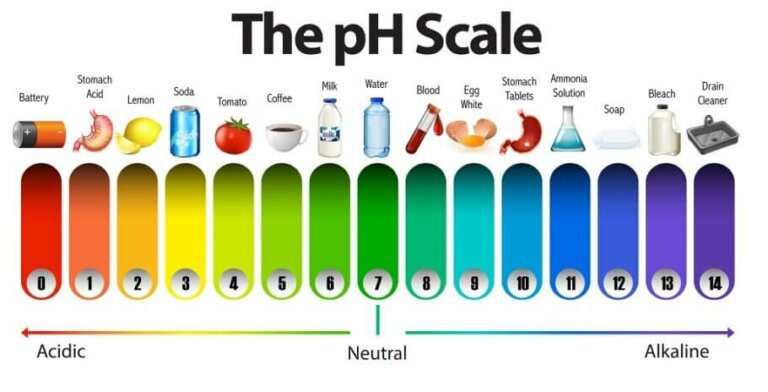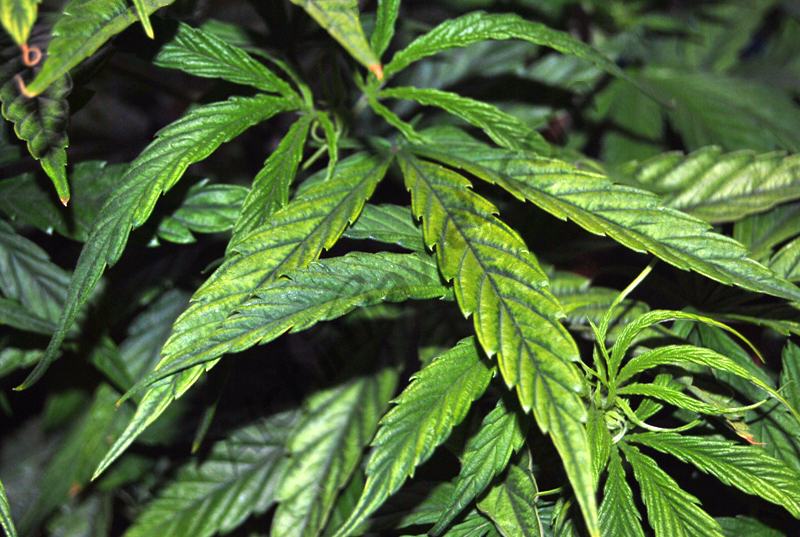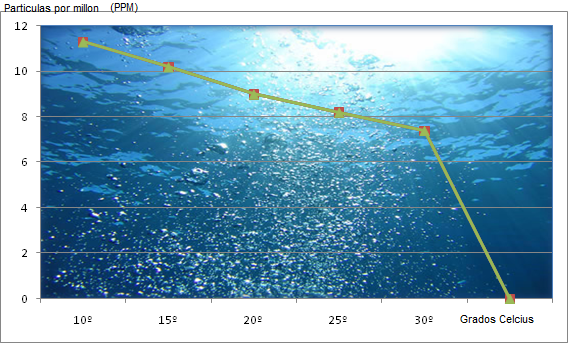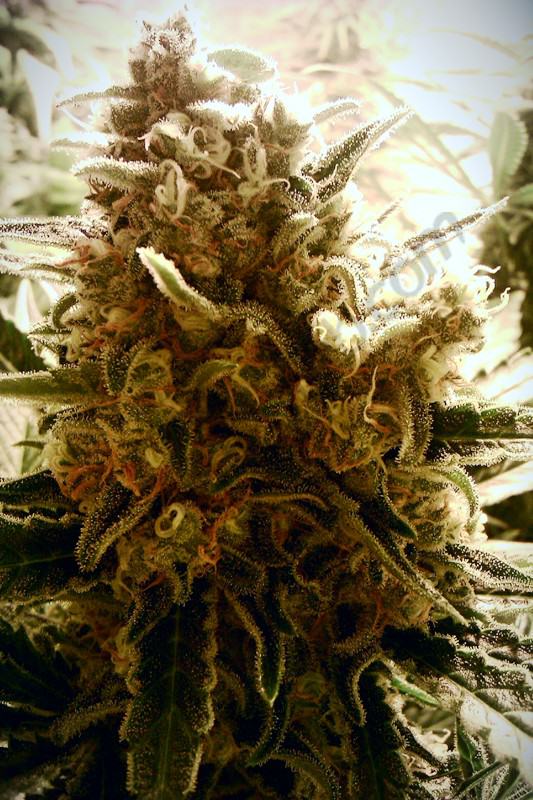Electrical conductivity and cannabis
List of contents
What is EC or electrical conductivity ?
In this post we look at the concept of EC or electrical conductivity with regard to cannabis growing and explain its importance to obtain good results in our crops.

EC is the measure of the ability of a fluid or material to conduct electricity. The water, through which the plants feed, contains dissolved minerals called aqueous solutions. These aqueous solutions can contain more or less mineral elements (salts), which directly determine EC levels.
The water itself is not conductive: RO water or distilled water have an EC value=0, which means that it won’t carry electricity. We must add and dissolve mineral salts to make this water conductive. We can add these salts in the form of organic or mineral nutrients.
Reverse osmosis filters clean the water from impurities, so the water obtained have an EC value around zero. These devices are mostly used by those growers who have water with high initial EC levels (hard water), above 0.6. If this is the case, use a mixture of tap water and RO water to obtain an initial EC level of around 0.4 points. Adjusting the EC value of the RO water with calcium and magnesium is also recommended, using one part of magnesium for every two parts of calcium and raising the EC value from 0.0 to 0.4. From this point on, start adding fertilisers to achieve the desired EC level.
EC Meters
Electronic Meters are ideal to know the EC level that we are using for watering our plants. These meters consist of a probe and an electrode that quantify the conductivity of a liquid. We can find both portable manual meters and continuous meters.
- Continuous meters constantly measure and display the EC level. They include a probe, which must be left inside the reservoir to know the amount of nutrients provided to the plants at every moment. This probe is connected through a cable to the control panel where you can read the transferred data.
- Portable or compact meters have the probe attached to the control panel. These meters measure particles per million (PPM) or Millisiemens (Ms), being the latter the most commonly used.
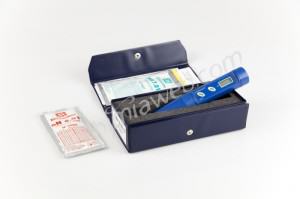
Depending on the type of substrate used, the EC meter becomes essential. In inert substrates like coco coir, clay pebbles, rock wool etc, the feeding must be performed according to the stage of the plant's life, since these growing media don’t contain nutrients.
When we use soil enriched with humus, guano, etc. this will already contain nutrients and a suitable EC level for proper nutrient uptake.*
On the other hand, if we use light/inert soil we'll have to provide our plants with nutrients from the very beginning for a correct development.
How to know the EC level of the substrate
To find out if we have too much salts in the growing medium of our plants, which could lead to a nutrient lockout, all we have to do is measuring the EC level of the drain water after irrigating the plants.
If we notice that the initial EC level is different than that of the drain water - being the latter much higher - the first thing we have to do is water the plants without fertiliser and with triple the capacity of the plant pot, adjusting the Ph level according to the stage of the plant and the growing substrate. fter this flush, measure the drain water again with the meter to get its EC concentration. If we see that the EC level of the drain water is within acceptable parameters, that means we have properly flushed the roots.
In case of coco coir and hydroponic systems, we'll flush the roots of our plants (same method) when the EC level of the drain water exceeds 2.5 points. In this way, our plants enjoy a much more friendly environment for their roots, which means healthy crops and abundant harvests.
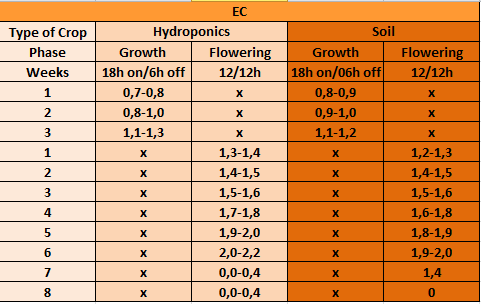
Reverse Osmosis as a consequence of over-feeding
We have explained how to avoid overfeeding our plants with an EC meter. If problems from over-feeding aren’t solved, a process called reverse osmosis occurs.
As any other plant, cannabis plants have roots. These are responsible for assimilatig mineral salts for feeding the plant. Roots are composed - in part - of water and dissolved salts, which vary depending on the life stage of the plants. That means they have variable EC levels from germination until harvest.
Roots can feed properly when the EC level of the substrate is lower than their own EC level. The problem occurs when the EC level of the root is lower than that of the growing media, since plants try to stabilize the substrate through their roots releasing water to dilute the EC content of the medium and make it more similar to the EC level of the roots. The consequence of this process is that plants dry out and end up dying.
We always recommend using EC meters since they allow us to control our nutrient solution and provide the necessary feeding schedule according to the life stage of the plant. In this way, both the growth and bloom are explosive.
Depending on the genes of the plant - indica or sativa - it'll need different EC levels. Indica marijuana plants normally accept EC levels near 2.2 in hydroponic systems, around 1.8 -2.0 when planted in the ground. Sativa strains enjoy lower nutrient concentrations since their growth is slower and more progressive, around 1.8 in hydroponic systems and in 1.6 -1.7 when grown in the ground. It should be noted that these values can vary depending on each phenotype, strain, number of irrigations, etc…
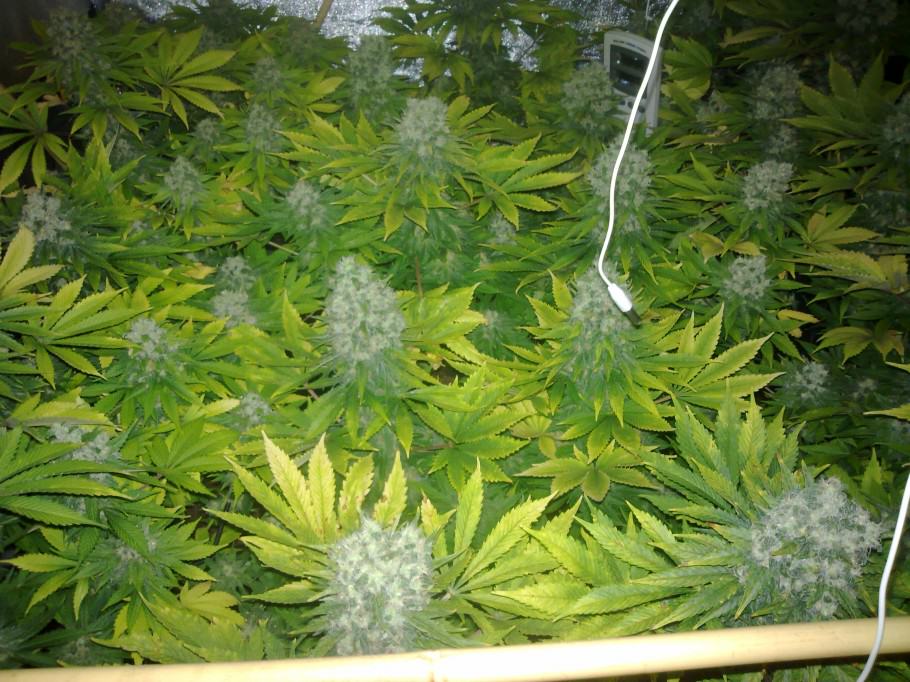
Water Temperature
There are many factors that influence the nutrient uptake capacity of the plant. Oxygen is one of the elements that facilitate nutrient assimilation in a greater or lesser extent according to the temperature of the nutrient solution.
Depending on the temperature of the solution, our plants will feed better or worse. With a temperature of 18-20 °C, cannabis plants have available 100% of the nutrients. On the other hand, with temperatures above 30ºC water oxygenation is much lower and so the capacity of the plant to assimilate nutrients. Thus, nutrient uptake is reduced by a lack of oxygen in the solution, which can also lead to root rot and , in worst cases, the death of the plant.

































































